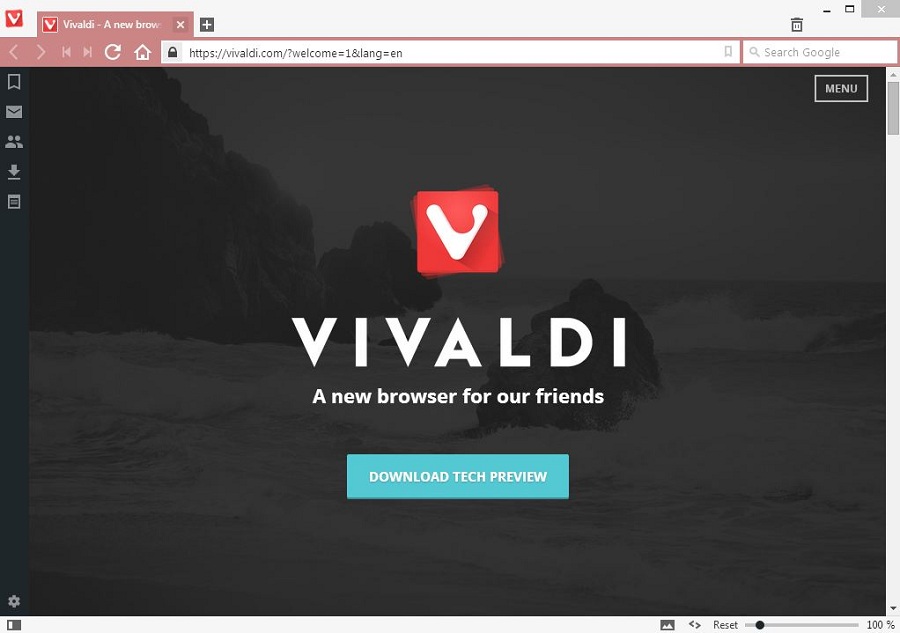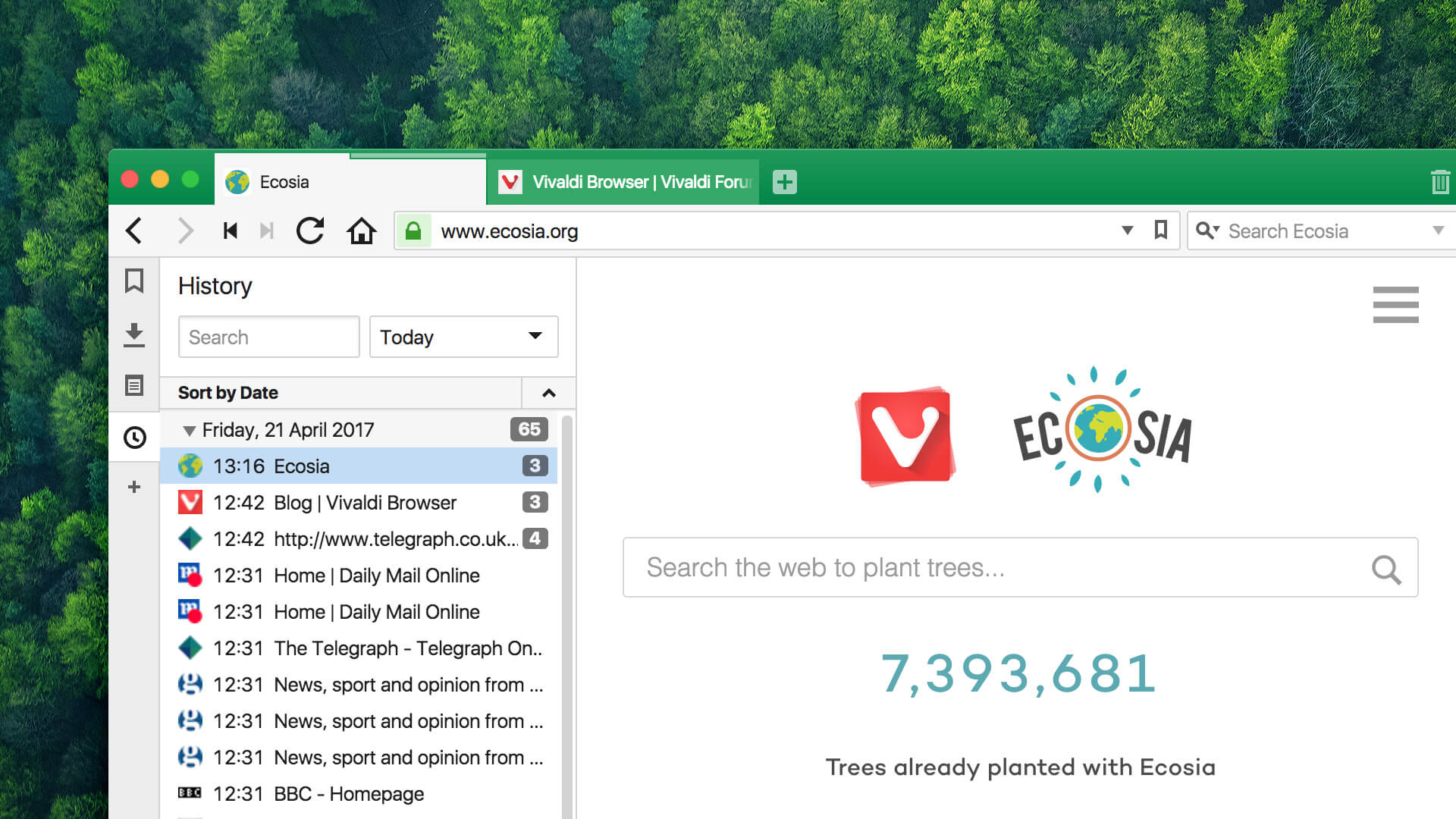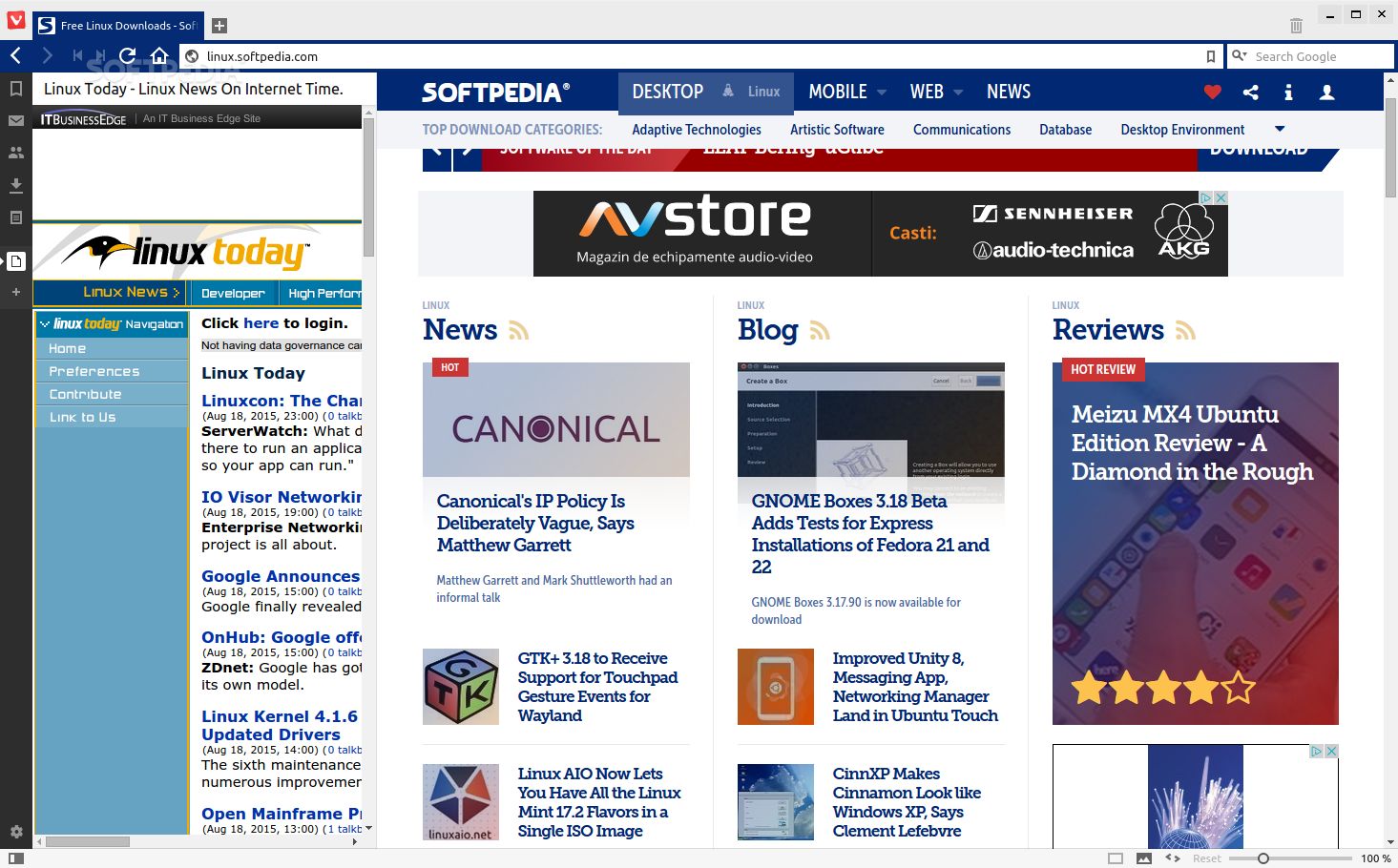

The second option, (2) blocking ads and trackers, is the more "aggressive" version of Vivaldi's blocker. Occasionally, ads will be blocked even when its in this mode because of the nature of some ads and their tracking technologies I found this to be the case in my experience: When the blocker is configured to (1) only block trackers, it will permit ads themselves to show. There are 2 modes to Vivaldi's ad/tracker blocker: One of Vivaldi's main selling points as a "privacy browser" is that it features a built in ad/tracker blocker. We'll also cover any other special and/or unique features the browser has. We'll dive into the privacy and security features of Vivaldi here. This is the welcome screen on first launch:įrom this screen you can choose to import data from other browsers installed on your machine, enable Vivaldi's native ad/tracker blocker, pick a theme, choose tab positioning, and trying other features in Vivaldi such as note taking. WordPress can serve widgets from this domain, so it seems that some of the default widgets with this browser are served via WordPress. Lastly, s.w.org is a domain related to the CMS WordPress. is queried because the browser comes with Vivaldi's website set as the default homepage. With that said, if other chromium based browsers like Brave and Ungoogled Chromium can virtually eliminate all background connections to Google - why can't Vivaldi? They actually have an explanation on their blog. These components can be found at vivaldi://components. NOTE: Google pulled API keys for Chrome-only API features for third-party browsers on March 15, 2021.
VIVALDI BROWSER SECURITY DOWNLOAD
Ultimately, this means that when using Vivaldi's Sync service, the browser "phoning home" your sync data home directly to Google is not a concern.īut its chromium core still relies on a handful of Google components such as Google Safebrowsing, Download protection, and Spellchecker. This is most likely because, well, Google has trampled over user privacy for years. Granted, it could be that the first connection timed out.Ĭonnecting to and is a natural red flag for many privacy-conscious users. As for why it tries to connect 2 times on this first launch is anyone's guess. This is where the browser updates come from. That's a handful of queries/connections for just a start up, which in of itself might turn some users off. During/immediately after the install, Vivaldi makes DNS requests for the following domains:
VIVALDI BROWSER SECURITY INSTALL
But you should still have the chance to easily read it prior to clicking the install button. Ideally, you should read a privacy policy and/or terms of service agreement before you download a piece of software. Launch and set upĭon't try to read the Terms of Service from the installer. I wanted to note that specific requirements details for running this browser were surprisingly hard to find. It even features support for ARM-based Debian machines.įor mobile, Vivaldi is available only for Android. Vivaldi is available across a fair amount of different platforms Windows, macOS, and specified Linux distros. Vivaldi places a lot of emphasis on incorporated features (such as tab management) and "privacy," - privacy mostly in the form of its built-in ad/tracker blocker and the browser's privacy policy.
VIVALDI BROWSER SECURITY CODE
But its UI code source remains closed-source. It is built on Chromium, which is open source.

Like some other privacy browsers, Vivaldi has grown over the years.

What's interesting about Vivaldi is that it "forked" (using this term loosely) from Opera - the former founder/CEO of Opera Software, Jon von Tetzchner left Opera and started Vivaldi. It was created by the company Vivaldi Technologies.

The Vivaldi browser officially came onto the scene around 2016.


 0 kommentar(er)
0 kommentar(er)
